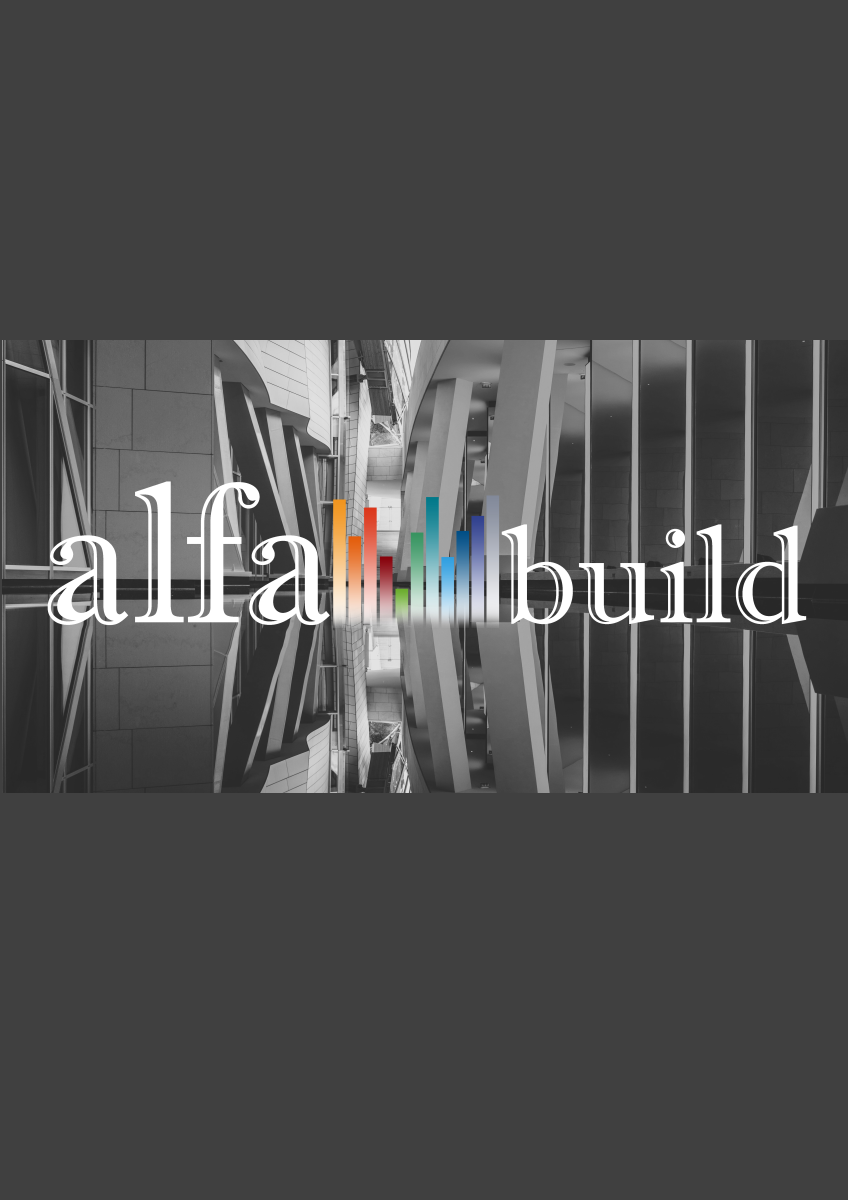Modified fiber-reinforced concrete for road and airfield pavements
The article summarizes the author's research results over the past few years. The object of research is nanomodified fiber-reinforced concrete for road and airfield pavements. The work aims to develop a scientifically based technological solution that ensures the production of modified fiber-reinforced concrete for road and airfield construction and a comprehensive study of their operational characteristics. Method. The particle size distribution of the composite binder was studied using laser granulometry. The technological properties of the mixture were determined by examining the flow sediment. The average density was calculated by dividing the mass of the sample by its volume. Compressive strength was studied under static load on a press on samples with a rib of 70 mm at 3, 7, and 28 days of age. Results. A technological solution has been substantiated and experimentally confirmed to ensure the production of basalt fiber-reinforced concrete on a modified composite binder (MCB), which consists of creating an ultra-high-density package of hydrate formations at the nanolevel using new non-traditional raw materials (aluminosilicates obtained using the developed technology, as well as hydrothermal nanosilica). As a result, MCB, together with basalt microfiber selected following the law of similarity, ensures an increase in tensile strength during the bending of fiber-reinforced concrete four times and impact endurance up to 9 times. The ratio of tensile bending and compressive strengths of 0.25 confirms effective performance under dynamic and impact loads. This fact ensures the efficiency of structure formation in the early stages (tensile strength during bending in 1 day is 3.6 MPa).



